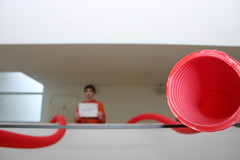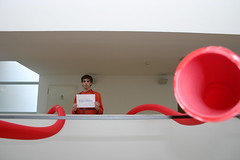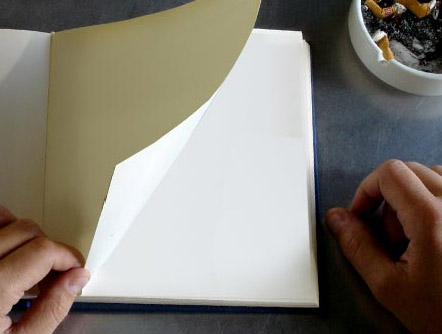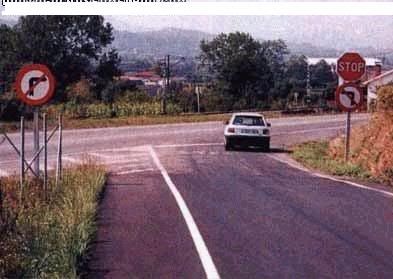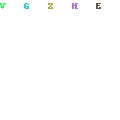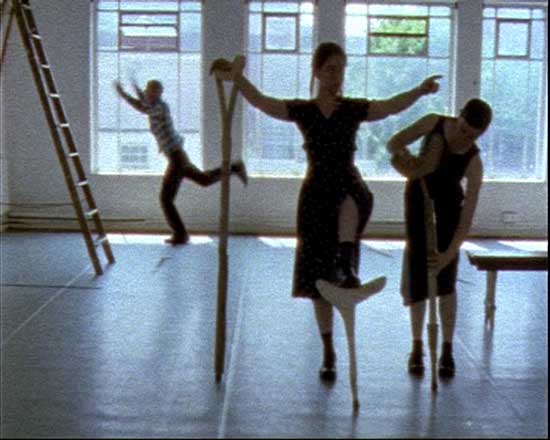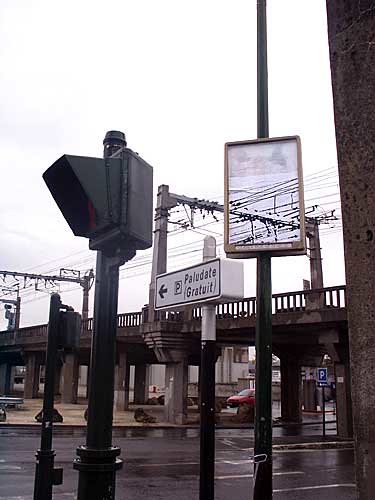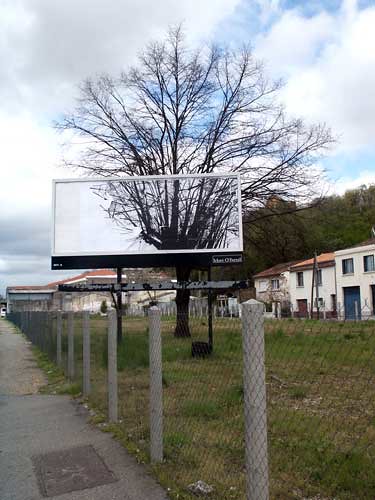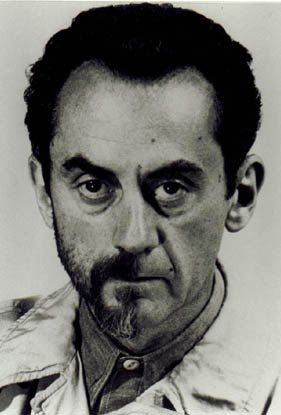Today we're having a rehearsal open to the public. I'm quite nervous. I don't like the idea at all, although I was the one who suggested it. But I do have a problem with showing a work-in-progress, I guess I'm extremely old-fashioned in that sense. Works-in-progress are popular these days, with many art venues organizing them regularly (here in Lisbon the most popular one is
CEM) which is understandable: I also love seeing an unfinished, somewhat rough work and being able to fill the blanks.
But as a director, the whole thing looks very different. Having all these people watch a show is one thing. In an open rehearsal, though, they feel justified to comment, and more than that, they feel almost
obliged to criticize. I know pretty well what we need to work on - the show is still not quite ready. The last thing the performers need is having people tell them everything they thought went
wrong. Of course, you can just ignore the comments, or use them to your profit. But for that you need a lot of experience and distance, which my performers do not have. On the other hand, they obviously need the practice in front of a public.
I guess what I'm trying to say is that I'm so old-fashioned, I still believe in a work's
aura. The term, first defined in modern context by Walter Benjamin's text
Art in the Age of Mechanical Reproduction, was also considered (by the author and most those who followed) a thing of the past. The idea is fairly simple: if the unique quality of an object of appreciation is taken away, its aura, the thing that turns an aesthetic experience into a quasi-sacred one, disappears. Well, in this case, I consider the "aura" to be the thing that makes us want to forget the rest of the world and stay with the work of "art" (in this sense, it is still quite present). Creating a "working" context changes the type of experience. Everything becomes close and reacheable, manoeuvrable. This can work in many cases, as in dance, or some forms of theater, or, obviously, in the case of sketches and drawings. But imagine a work-in-progress of Vanessa Beecroft's, or Robert Wilson's work. Maybe there are some things that shouldn't be seen before they're ready?






